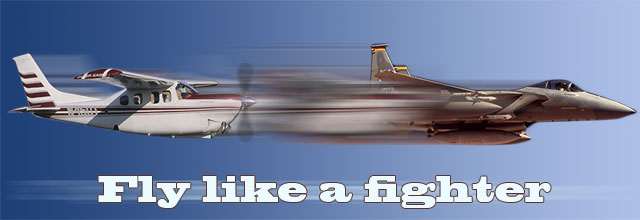Last month I wrote about a dual ejection from an RF-4 that I witnessed where both ejections were successful, but the pilot drowned after entering the water. Inevitably the question arises—what went wrong after the ejection?
 The life raft and survival gear are housed in a hard plastic, clamshell-opening seat kit that rests in the bottom of the ejection seat for the pilot/navigator to sit on. A strap on the left and right side of the seat kit clips to the parachute harness near your hips, and then the lap belt connected to the seat itself is secured tightly around your waist to snug everything in place.
The life raft and survival gear are housed in a hard plastic, clamshell-opening seat kit that rests in the bottom of the ejection seat for the pilot/navigator to sit on. A strap on the left and right side of the seat kit clips to the parachute harness near your hips, and then the lap belt connected to the seat itself is secured tightly around your waist to snug everything in place.
It appears that a myth had crept into the way the pilot strapped himself into the seat. There are some time tested fighter pilot sayings including “speed is life” and “lose sight, lose the fight.” With this second saying, some people incorrectly believed that you wanted the straps to the seat kit as loose as possible so that you would not restrict your body to turn around and “check six,” or look behind you for threat aircraft. The reason this was incorrect was that to properly survive an ejection, or the rapid and sometimes violent maneuvering, the lap belt was so tight around the waist that your hips could not move in the seat. Ultimately, with your hips secured you would move your upper torso around to see behind you. Therefore, the seat kit straps were supposed to be secured with minimal slack.

When the RF-4 pilot ejected he would have gone through his post-ejection checklist that we had memorized. The first steps are:
- Canopy
- Visor
- Mask
- Seat kit
- LPU (life preserver unit)
Once the ejection seat leaves the jet with you strapped to it, the lap belt and shoulder straps are released as an inertial reel boots you from the seat—with your parachute coming out above you and the seat kit deploying below you. In automatic mode, one seat kit strap is released, the clamshell opens, and you should see the life raft inflated below you connected to a tether, and the survival gear hanging on a separate tether below the life raft. Because the pilot had lengthened his seat kit straps, the seat kit was damaged coming out of the seat and did not open. He was not able to open it nor get his life raft inflated. Prior to his water landing he disconnected the kit from his harness and it fell to the ocean—opening on impact, which is why I did see two inflated life rafts.
The safety board concluded that he spent so much time on checklist step four that he never completed step five—he never inflated his life vest. (Shortly after this incident we were fitted with water activated vests).
There are a few lessons to learn from this. Be careful about blindly following every tip or technique that you might hear. We know about following the regulations and the notion that just because something is legal doesn’t mean it is smart. There are a lot of things we can do in our airplanes that don’t break the rules and might seem smart, but certainly might require some further investigation to determine if it is “right.” The other big takeaway is to avoid distractions so as to follow your normal routine, flow, or checklist. If you get distracted, then the best option is simple—start over.
Larry Brown of Colorado Springs, Colo., is a retired Air Force F-15 pilot who is using the lessons he learned as a fighter pilot as a GA pilot in his Cessna P210. Brown, who has 2,700 hours total time during his 33 years of flying, also was an instructor pilot and flight examiner in the Air Force T-38 and instructor pilot in the T-52, the military’s version of GA’s Diamond DA40. See previous installments of “Fly like a fighter.”



